Now that we’ve reached the second decade of the new millennium, how is digital access changing, and what are the implications for schools?
Digital Divide Defined
The term digital divide was coined in the mid-1990s as a way to describe the gap in equity between those who have access to computers and the Internet and those who do not.
What is access?
How do we define access when the price of personal computers and related technologies has dropped dramatically over the years and, according to the Pew Internet & American Life Project, 95 percent of Americans between the ages of 18 and 29 use the Internet?
Is Access a Right or a Privilege?
"Wireless is being sold as the bridge across the digital divide," says Amalia Deloney, grassroots policy director at the Center for Media Justice.
"But what we know is that wireless is not a substitute for a wired connection."
- It's very difficult to apply for a job or college, for instance, on a mobile phone.
- According to Pew research, in 2010, just 45 percent of households that earned less than $30,000 a year had broadband in their homes.
- It would be unfair to say that a community has Internet access because a cash-strapped local library has a DSL connection.
- As the authors of a recent Federal Communications Commission-sponsored study said, "Access to the Internet is not a choice: It is a necessity."
- For many cell phone users, mobile technology is the only way they can get online. Access to richer graphics and data, as well as superior tools, is still limited on many affordable mobiles.
- Prohibiting phones now means "disconnecting the kid from what's actually happening in most of our lives."
Digital Inclusion: The Rich Get Richer
Students who are excluded from the digital universe know exactly what they're missing, according to Deloney. "They know they're not getting the homework help that everyone else is; they know they're not getting that discount textbook or taking classes to further their degrees."
- "The digital divide, once seen as a factor of wealth, is now seen as a factor of education: Those who have the opportunity to learn technology skills are in a better position to obtain and make use of technology than those who do not."
Leveling the Playing Field
1. Availability of the Devices Themselves
2. Accessibility of the Technology At Hand - Once there is a Web-enabled computer at a community center or school, can you access the websites you need to in order to learn, contribute, and create?
3. Literacy: Blake-Plock refers to a final and crucial barrier to digital equality -- the connected divide.
This refers to literacy, not only with hardware and software but also with the vast global conversation that the Internet enables. He notes that there is a gap between those who are "getting connected into broader networks, building their capacity and their social capital, creating the new wave of learning" and those who are, for a slew of complex reasons, not doing so.
Making Learning More Authentic
Says Blake-Plock, "The question is not whether we can get an iPod into every kid's hand. It's whether communities can leverage the capacity of networks to make learning more authentic and powerful for students." It's not just word processing, but blogging and tweeting; not just a class project, but an international student collaboration; not reinventing the wheel every time, but tapping into a professional-learning community that shares ideas and resources.
Schools Clearing a Path
There's no question that the road to digital inclusion is lined with obstacles. Efforts from every sector of society will be required to clear a path to a more equitable future. And schools, in particular, have a decision to make. As Blake-Plock says, they can continue to "treat technology as their auxiliary" as they have for years, or they can start to see it for the force it has become today, a place "where culture itself is developing in the 21st century."



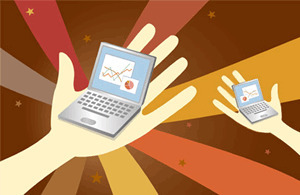


 Your new post is loading...
Your new post is loading...
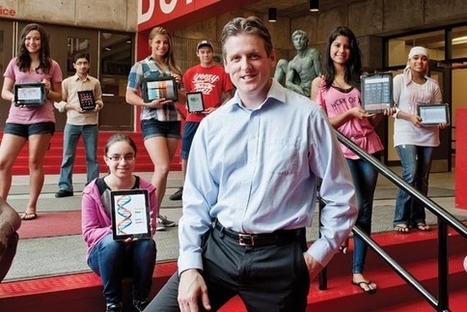

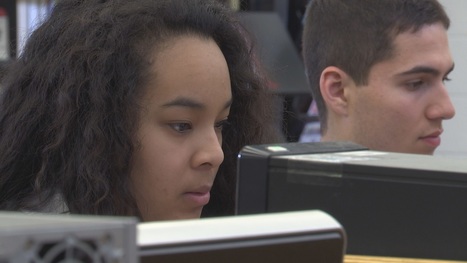

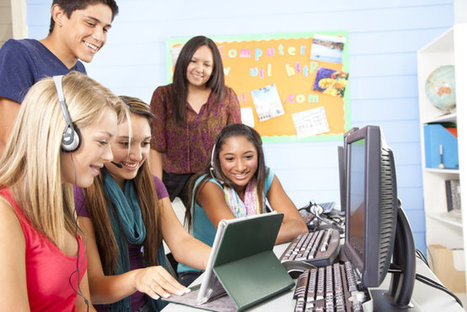



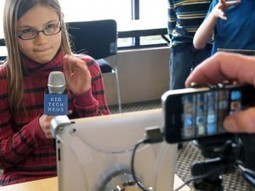





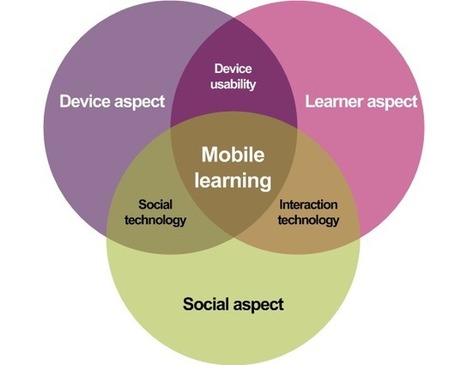

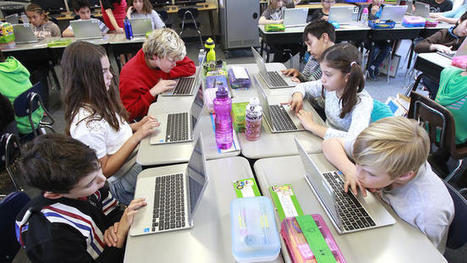




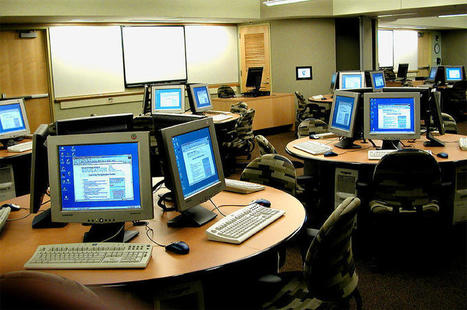
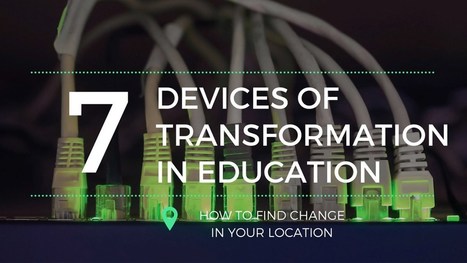
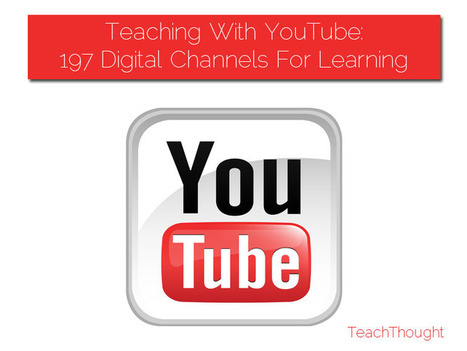



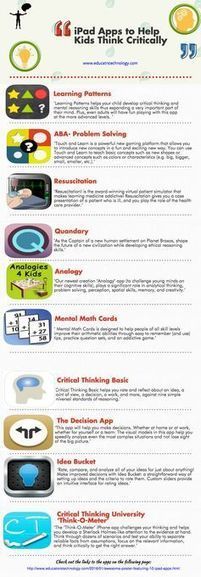









digital divide